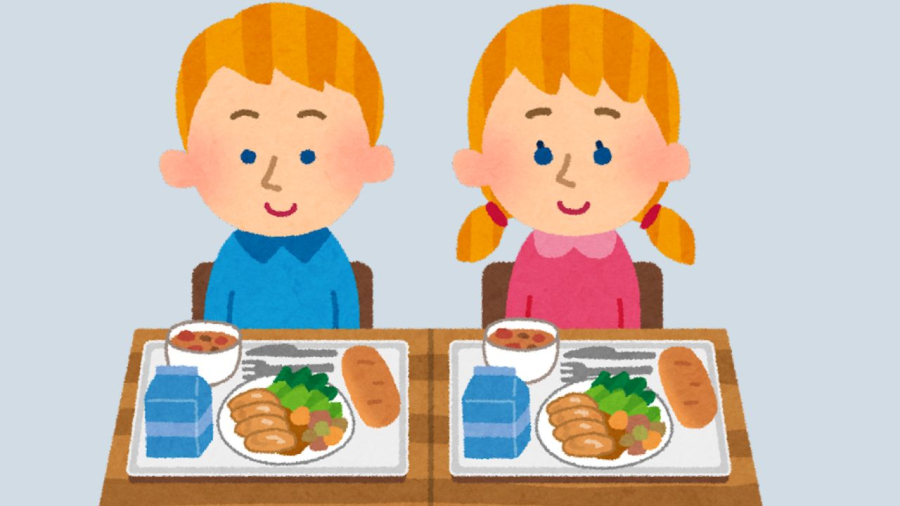Children who talk a lot are thinkers with a quick mind
The early years of a child’s life are a time of immense learning and curiosity. Children are naturally inquisitive and eager to make sense of the world around them, which often leads to an abundance of questions and a desire to express their thoughts verbally.
Encouraging this behavior is essential, as it indicates a developing mind at work. Each question and curiosity is a sign of their growing intellect and a desire to explore and understand their environment. Parents should embrace this phase and support their children’s inquisitiveness by providing a nurturing and responsive environment.

Talking a lot is a sign of intelligence
Curiosity and mischief: A child’s natural state
It is natural for children to be curious and mischievous. Their playful antics are not signs of misbehavior but rather their way of exploring and making sense of the world. Jumping, investigating, and taking apart toys are all part of their development and should be viewed as such. This stage of curiosity and activity is crucial for their neurological growth, and it is important that parents provide a safe environment for their children to explore without restricting their natural impulses.

Some children prefer playtime to naptime
Skipping naptime: A sign of exploration
Not all children enjoy napping during the day, especially as they grow older. This is not a cause for concern if they are sleeping well at night and maintaining a consistent sleep schedule. It simply indicates their desire to explore and engage with their surroundings. Instead of forcing a nap, parents can adjust their child’s daily routine to include enjoyable activities during the day that align with their natural curiosity and energy levels.

Fidgeting at the dinner table is common
Fidgeting at mealtimes: Exploring new foods
Mealtimes can be challenging when children are fidgety and unwilling to sit still. However, it is important to understand that their restlessness may stem from a place of curiosity, especially when introduced to new foods. Parents should focus on teaching basic table manners and understanding that young children may not have the same capacity for stillness as adults. Instead of scolding, gently guide them towards polite and considerate dining behavior, explaining the importance of not playing with or wasting food.
Embracing emotions: Crying is healthy
Crying is a natural and healthy expression of emotions for children. Unlike adults, they have not yet learned to suppress their tears, and this should be encouraged rather than discouraged. Boys and girls alike should feel free to cry when they need to. Sensitive children who cry easily are not lacking in courage; they simply have a heightened sense of emotion and a deeper capacity for feeling.
Parents should embrace their children’s emotional expressions and provide comfort and support when needed. Teaching children to label and express their emotions verbally can help them regulate their feelings effectively, rather than suppressing them. It is important to avoid shaming children for crying and instead, encourage them to embrace their emotions in a healthy manner.
Girl Faces Criticism After Admitting Santa Claus Isn’t Real
Meet Charlie Hayes, a 22-year-old British girl who is making headlines for her bold confession to her child: Santa Claus isn’t real. Charlie’s honesty has sparked controversy, with many parents criticizing her for taking away the magic of Christmas. Despite the backlash, Charlie stands by her decision to tell her child the truth and believes that it’s important to be truthful with children, even if it means bursting their bubble of Santa Claus. Join us as we dive into the debate and explore the different perspectives on Santa Claus and the impact it has on children’s beliefs. Get ready for a thought-provoking discussion that challenges the traditional notions of Christmas and the role of Santa Claus in our lives.



































